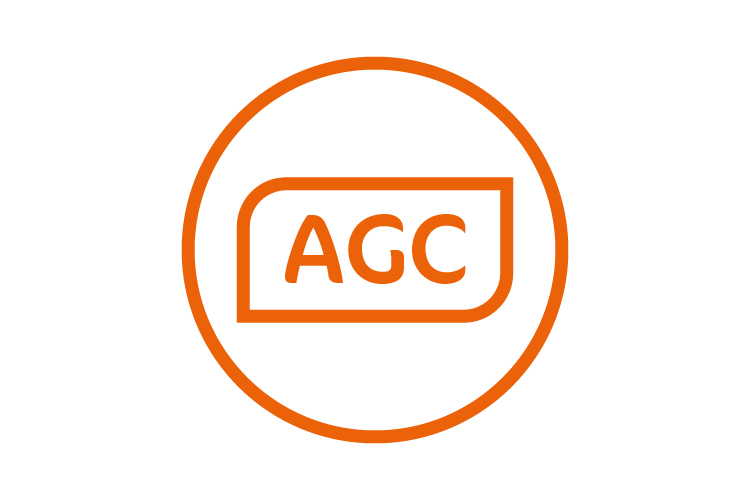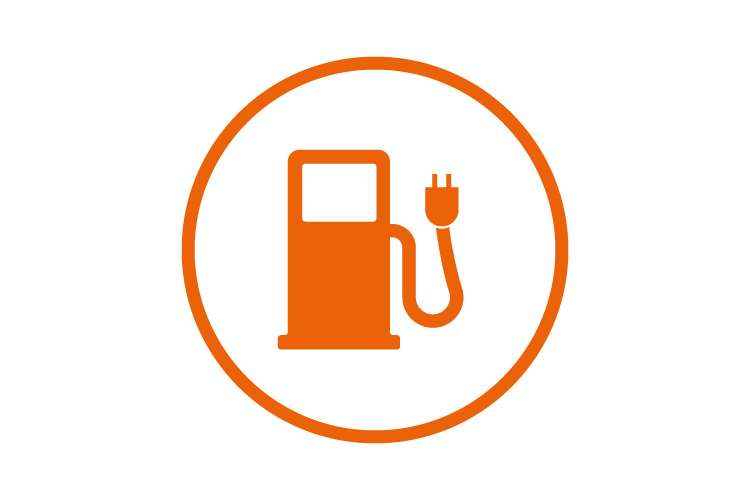Electric and hybrid vehicles are becoming more commonplace on UK roads, but when you first sit in the driver's seat and look at the dashboard, you’ll be faced with some unfamiliar symbols and will naturally want to know what they all mean.
Of course, as some symbols only show up when there’s an issue, you (hopefully) might never see some of them during the lifetime of your electric car. However, it’s still a good idea to familiarise yourself with them if they ever light up. The symbols on electric car dashboards can be very different from combustion-powered vehicles, although it’s not always immediately evident.
Standard Colour Coding
The first thing you need to know is that all manufacturers of electric and hybrid vehicles have helpfully agreed on a set of standard symbols. Furthermore, they’ve also decided on a traffic light colour coding system, so you can see immediately if there are any issues with your car.
As you might expect, if a symbol lights up red, you need to find a safe place to pull over and investigate what’s gone wrong. Amber or yellow lights indicate issues that need checking but are not so severe that you need to stop immediately. Green, black, white, or blue symbols are not warning lights but informational icons that can help you understand your car a little better.
Here's an overview of the symbols found on most electric and hybrid vehicles with a short explanation to help you familiarise yourself with them.
Ready To Drive
This is the one symbol you want to see before every trip! Electric vehicles can be so quiet that this light lets you know that it has successfully responded to the start button, and you’re good to go. Some car manufacturers have also added the word ‘Go’ or ‘Ready’ alongside this light, but many use this icon alone. If you’ve turned on your car but this light isn’t coming on, you may have a problem and should check for any warning lights.
Eco Mode
As electric cars run on battery power, charging points may not always be readily available because they are still relatively new. Most car manufacturers have added ‘Eco Mode’ to help you conserve the car’s battery power when needed. It does this by decreasing the car’s acceleration which allows the battery to be more efficient but does lower the performance noticeably.
Turning on Eco Mode is the driver’s choice, so you’ll need to press the button to see this icon. If it popped up when you weren’t expecting it, you might have hit the button by accident and need to turn it off to get back to normal driving performance.
EV Mode Indicator
This light is for drivers of hybrid vehicles and does not appear on a fully electric vehicle. If you have a hybrid car and this light comes on, you are driving in electric-only mode. This means that the car uses power exclusively from the electric battery rather than the combustion engine. It’s nothing to worry about, and your vehicle will perform as usual.
Auto Glide Control
This symbol will light up if the car has activated the ‘auto-glide.’ In this mode, the electric motor is controlled, reducing deceleration force, and allowing the vehicle to coast at 1 speed. This helps to enhance the range.
General Fault
This light indicates a great game of ‘guess what is wrong with the vehicle.’ It’s not very specific, and many drivers report this as a frustrating indicator. As you know, there is a problem, but it is not always immediately apparent what this could be.
Issues could range from battery problems, traction issues, or an electrical fault. Some cars have a helpful message on the display to explain things in more detail, but if your vehicle doesn’t, you could be in for a garage trip to get more help.
Limited Power
Although this is an amber light, limited power is a severe warning issue, so start planning to get your car to a garage as soon as it pops up. It means the vehicle is struggling and therefore has limited power.
These problems range from temperature issues to an electrical fault or a problem with the battery. Therefore, while you can briefly enjoy the cute tortoise light, you need to head straight to the garage.
Electrical Fault
An amber warning light that looks like this needs to be acted on. It shows that your car has a problem with the electrics, but it isn’t something most people can fix without professional help. It is not specific, which again can be frustrating but generally indicates a problem with either the battery, wiring, or motor.
This light can also be coloured red - and if you don’t take the hint when it shows as amber, it’s quite likely that the issue can worsen. The amber light means you need to get to a garage soon. The red light means you need to find a safe spot to pull over.
Low Battery
This one is pretty clear, your car needs charging. Generally, this light comes on when the vehicle reaches a 12% charge (some EV manufacturers trigger it at a 10% charge). If you ignore it, it starts to flash when the charge drops to 5%.
Some displays will show how many miles you have left, which can be extremely helpful. If you cannot get to a charging point quickly, hit the eco-mode button to help preserve what little battery remains.
Regenerative Braking System
When this icon appears, the vehicle is in regenerative braking mode. This is a clever trick that some electric cars can pull off. When you brake and slow the car, the kinetic energy is magically transformed into power which in turn is used to charge the battery - clever, eh?
Regenerative Braking Warning
This is the corresponding warning light to the one above that will let you know if there is an issue with the regenerative braking system and you need to take action. If this is amber, make plans to get your vehicle to a local dealership. However, it can appear as a red icon, and in that case, you likely need to pull off the road safely and give your breakdown service a call.
Pedestrian Alert
A downside (if there are any) of an electric vehicle is that it can be extremely quiet. This can be an issue for pedestrians as they aren’t likely to hear your car coming. So, EVs will emit a noise when moving at a slow speed to help them be heard and therefore seen to avoid accidents.
Occasionally, the driver can switch this function off in some vehicles, but it’s not the best idea and many manufacturers don’t allow this. However, this icon stays permanently illuminated to remind you if you turn it off. Alternatively, this symbol will light up if there is a problem with the pedestrian alert system too.
Battery Level Warning
This light will be displayed if your battery is having issues or when power levels are getting low. You will likely have already noticed the low battery light in amber (or flashing amber if you have 5% or less charge remaining) and seeing this means you are almost out of time and need to get to a charging point. If you are driving a hybrid, the combustion engine will take over and begin using fuel.
Battery Temperature Warning
This symbol is often in hybrid vehicles and sometimes in EVs. It means the battery is overheating. The first thing you should do is get off the road safely which will allow it to cool down. You can then investigate why this has happened. It may occur in tandem with other warning lights to help point you in the right direction, but failing that, a quick stop at your local garage could save you a more expensive problem down the line.
Now you know what the symbols on electric cars mean, maybe it’s time to make the leap to an EV? Choose from the latest EVs available to lease on our electric car leasing page.

















